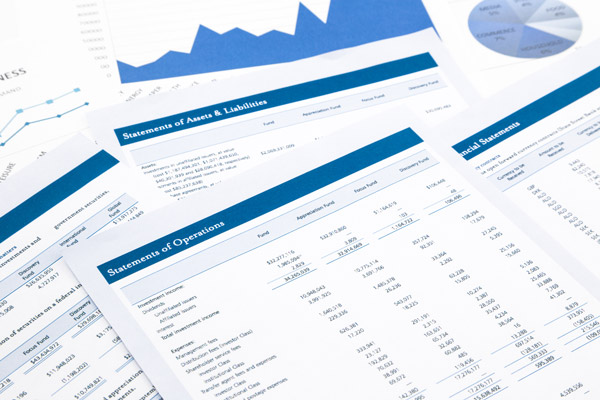
How do I make bookkeeping templates?
This is a question which is asked frequently by many bookkeepers and small business owners who are familiar with Microsoft Excel but do not want to complicate monthly bookkeeping by having to use accounting software.
Well, designing a bookkeeping template is not as difficult as it may seem but if you do not have advanced Excel skills, you may end up with a solution which does not contain a lot of useful functionality. In fact, most free Excel templates contain very few formulas.
A bookkeeping template would only really be useful if it enables users to record income and expense transactions and at the very least, summarizes these transactions into monthly totals by account.
View all our unique Excel accounting templates
Then there are also aspects like sales tax and multiple bank accounts to consider. A basic bookkeeping solution should also probably provide for recording sales tax and distinguish between transactions which are subject to sales tax and transactions which are zero-rated or exempt.
If a business has more than one bank account, users would need to be able to select a bank code representing each bank account when recording transactions. If you leave out this functionality, the bookkeeping template may be too basic to fulfill the needs of a large number of users.
Most bookkeeping solutions would need to include a trial balance because most annual financial statements are set up from a trial balance. If you do not include a trial balance in the design of your bookkeeping template, it may not be that useful for accountants or auditors setting up the financial statements and could result in additional costs being incurred or transactions having to be reprocessed in an alternative bookkeeping solution.
Another important aspect of a bookkeeping template is that it needs to simplify bank reconciliations. This used to mean that there needed to be a process of matching payments to bank statements but these days most payments are processed electronically and there is less of a delay between processing payment and the transaction appearing on the bank statement.
It is therefore not usually necessary to include bank statement dates in the design of your bookkeeping spreadsheet but you may need to provide an analysis of the movement in bank account balances (preferably daily) so that finding bank reconciliation differences does not become a cumbersome exercise!
Another requirement of a bookkeeping solution is to be able to measure profitability. You need to include an income statement which is automatically calculated based on the income and expense transactions in order to do this.
You also need to distinguish between income statement and balance sheet accounts present these separately because where the one provides an indication of profitability, the other provides an indication of the financial position or health of a business. The balance sheet shows the value of the assets and liabilities of a business and also indicates the extent to which the assets exceed the liabilities.
In conclusion, a bookkeeping template requires the following minimum basic functionality:
- Recording of income and expense transactions
- Recording of sales tax where applicable
- Allocation of entries to multiple bank accounts
- A monthly trial balance which is calculated automatically
- An analysis of bank account movements preferably on a daily basis
- A monthly income statement for measurement of profits or losses
- A monthly balance sheet for assessing financial position
We have created a number of useful accounting templates which can be used as bookkeeping solutions and includes all of the above functionality and a lot more. We already have a lot of accountants and small business owners using our basic, service-based and trade-based accounting templates with great success so why not save yourself a lot of time by checking out these templates before designing your own!
